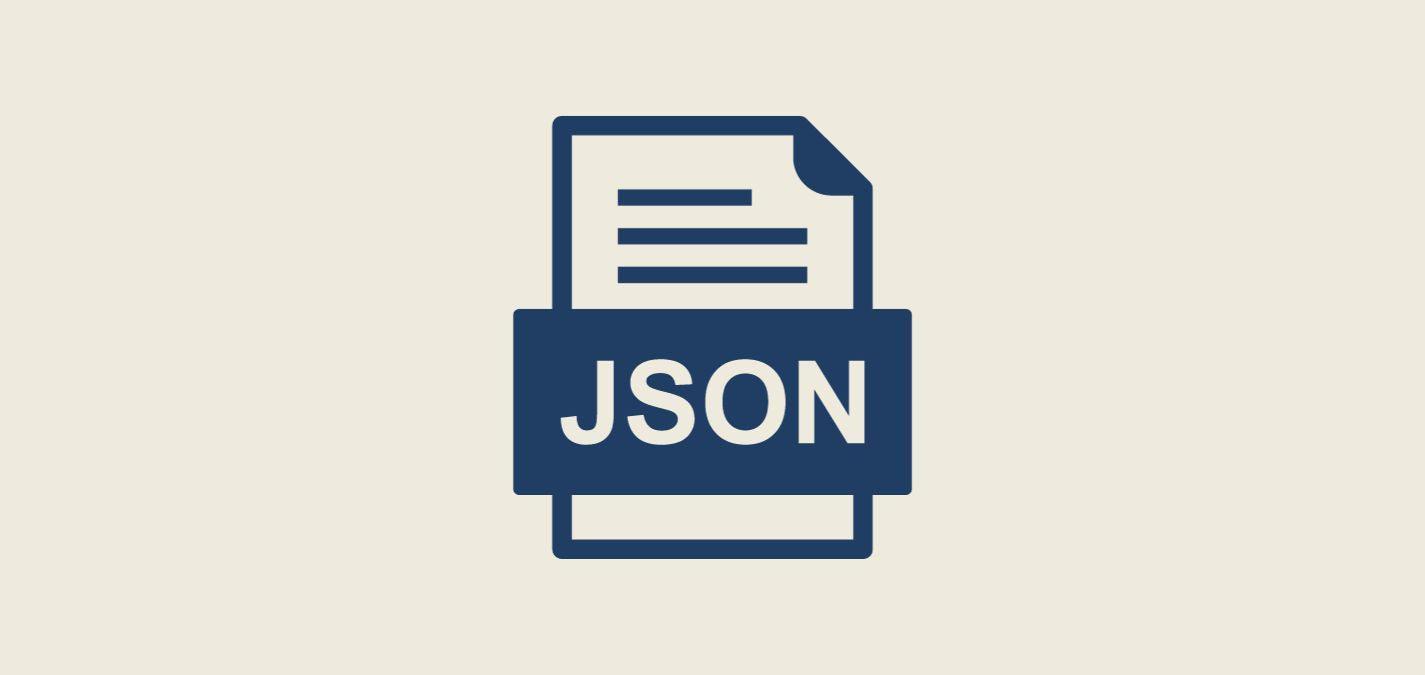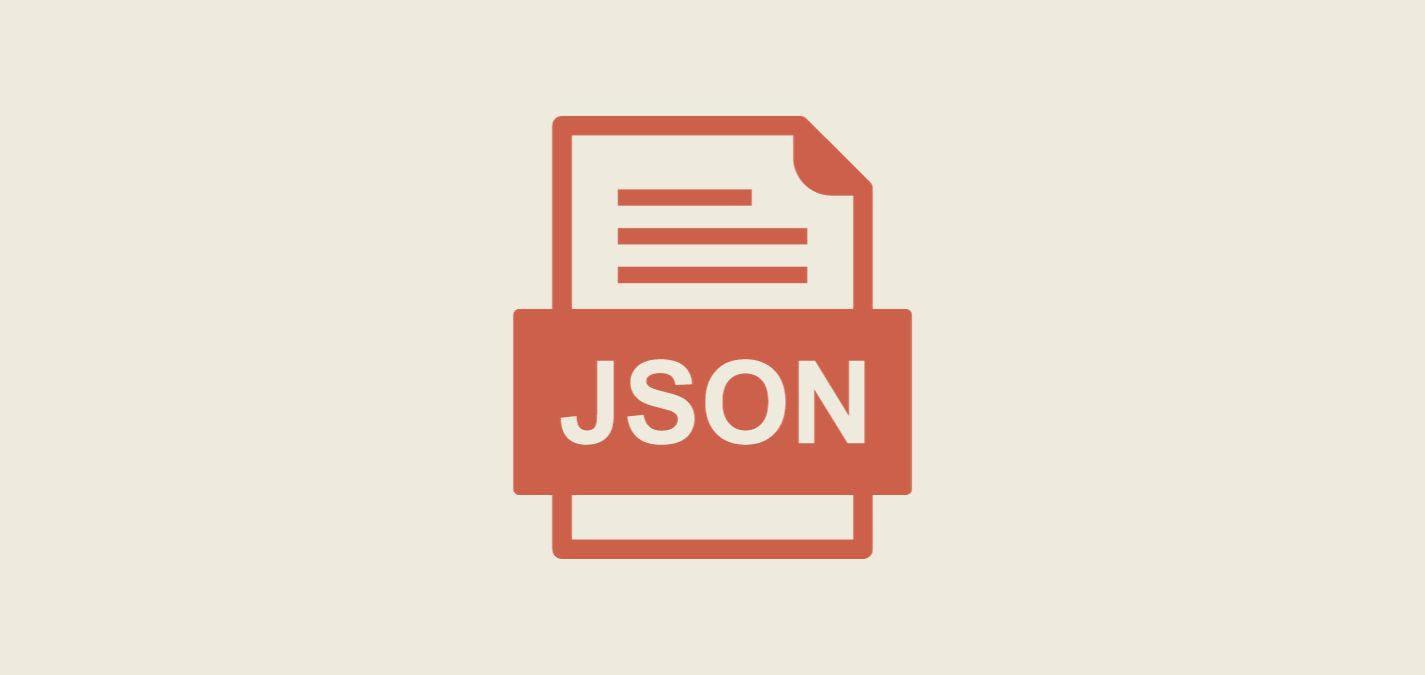Introduction
In the vast landscape of web and software development, data's structure and integrity play pivotal roles. Enter JSON (JavaScript Object Notation) – a lightweight and easy-to-read data-interchange format. Ensuring your JSON data maintains its structure and clarity isn't just good practice; it's essential for efficient and error-free development. At Coder Champ, we've been at the forefront of coding education, and in this guide, we aim to equip you with knowledge about JSON validation and formatting.
Why Is Proper JSON Structure Crucial?
The foundation of any great project rests on its data structure. Imagine trying to erect a building on shaky ground; it wouldn't stand the test of time. Similarly, JSON data that isn't properly structured can lead to unnecessary complications, misinterpretations, and even application failures. A structured JSON ensures easy data access, processing, and transmission. Explore deeper into the world of JSON with our Ultimate Guide.
JSON Validator: The Builder's Level for Your JSON Data
-
Understanding JSON Validator: Simply put, a JSON validator is a tool or service that checks your JSON data for syntactic and structural accuracy. Think of it as a grammar checker for your code.
-
Top Tools and Online Platforms for Validation: There are numerous platforms, both offline and online, offering validation services. Some popular online validators include JSONLint and JSONFormatter. For those who prefer integrated tools within their IDEs, plugins and extensions are abundantly available.
-
Why Validators Are Non-Negotiable: Beyond ensuring your data is error-free, validators help maintain data integrity, aid in debugging, and ensure compatibility across different platforms and services.
JSON Formatter & Beautifier: Beyond the Aesthetics
-
The Difference Between Formatting and Beautifying: While the terms are often used interchangeably, there's a subtle difference. Formatting focuses on structuring your JSON data correctly, while beautifying aims to present this structured data in a readable, aesthetically pleasing manner.
-
Tools in the Beautifying Realm: Many platforms offer both validation and beautification, like JSONFormatter. For developers using VSCode, the Prettier extension is a powerful tool for beautifying JSON and other code types.
-
Practical Examples to Illuminate the Path: Let's take a basic, unformatted JSON data snippet. Through formatting and beautification, watch how it transforms into a clear, structured, and readable piece. This not only aids developers in understanding and accessing data but also ensures efficient data interchange.
Common Problems & Solutions:
-
Mismatched Brackets: Always ensure each opening bracket
{or[has a closing partner}or]. Use a validator to catch such mistakes. -
String Errors: Remember, JSON strings must be enclosed in double quotes. Avoid using single quotes.
-
Trailing Commas: They're a big no-no in JSON. Check the last item of any array or object and remove those pesky extra commas.
-
Data Type Mismatch: Use the right data type. For instance, don't enclose numbers in quotes unless they're meant to be strings.
-
Encoding Issues: Stick to UTF-8. Special characters can sometimes trip you up, so be wary.
Practical Examples
-
Using a JSON Validator:
Let's assume you have this JSON:
{ "name": "Coder Champ", "topic": "JSON Formatting", }Did you spot the error? The trailing comma after "JSON Formatting" should be removed. A validator would flag this immediately.
-
Formatting a Raw JSON:
Given a minified JSON:
{"name":"Coder Champ","topic":"JSON Formatting"}A formatter would transform it to:
{ "name": "Coder Champ", "topic": "JSON Formatting" }Much more readable, right?
-
Beautifying a JSON:
Let's make our JSON aesthetically pleasing:
{ "name":"Coder Champ", "topic":"JSON Formatting", "links":[ "https://www.coderchamp.com/blogs/the-brackets/the-ultimate-guide-to-css", "https://www.coderchamp.com/blogs/the-brackets/the-ultimate-guide-to-html" ] }With proper spacing, indentation, and alignment, JSON data can be made more readable and manageable.
Frequently Asked Questions (FAQs):
-
What is the difference between JSON and XML?
- JSON is more compact and integrates easily with most programming languages, especially JavaScript. XML, on the other hand, requires parsing and is more verbose.
-
How does one identify if their JSON is valid?
- Tools! Online platforms like JSONLint or even in-built IDE validators can help verify the structure.
-
Why can't I just format JSON manually? Why do I need a tool?
- Manual formatting can lead to human errors (missing brackets, extra commas). Automated tools eliminate these risks.
-
Can a valid JSON still have logical or data errors?
- Absolutely. A JSON can be structurally correct but can still contain logical errors or incorrect data values.
-
Do all programming languages handle JSON in the same way?
- No, but most modern languages have libraries or native methods to parse and generate JSON. For more on this, check out our Ultimate Guide to JSON.
-
What's the impact of minified JSON, and when should I use it?
- Minified JSON takes up less space, making it faster to transmit. It's ideal for production environments. But, for development, a beautified version is recommended for clarity.
Conclusion: The Symphony of Properly Formatted JSON
Every developer, whether a beginner or an expert, must understand the significance of well-structured and formatted JSON. It ensures seamless data interchange, reduces error rates, and optimizes development processes. We at Coder Champ always emphasize the value of clean code, and JSON is no exception. Embrace validation and formatting as part of your regular coding routine – the benefits are invaluable.
For those keen to dive deeper into the realms of coding, be sure to check out our extensive guides on CSS, HTML, SQL and NoSQL, JavaScript, PHP, Liquid (Shopify), and Python. Your journey to becoming a coding champion begins now!




